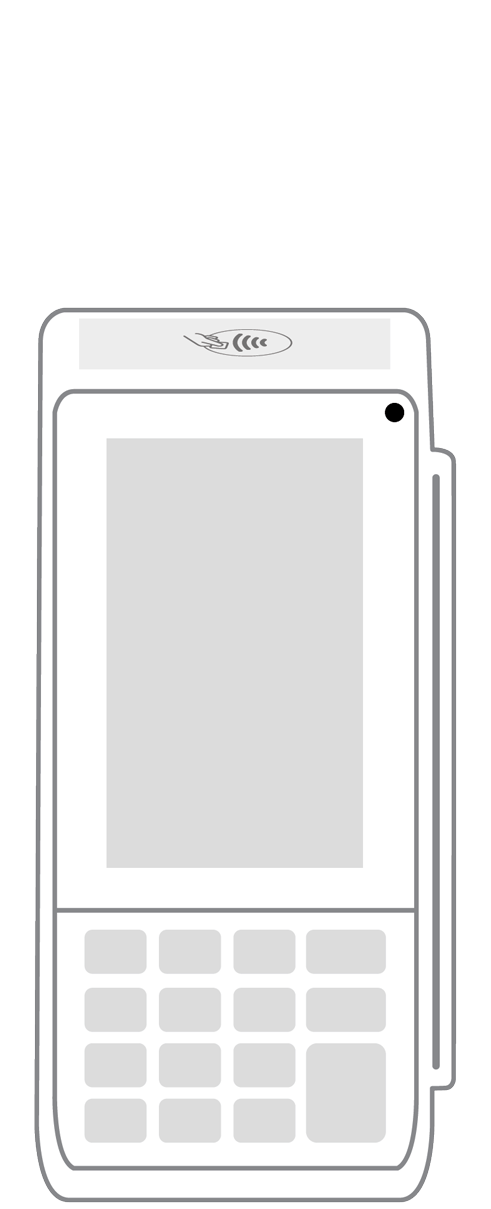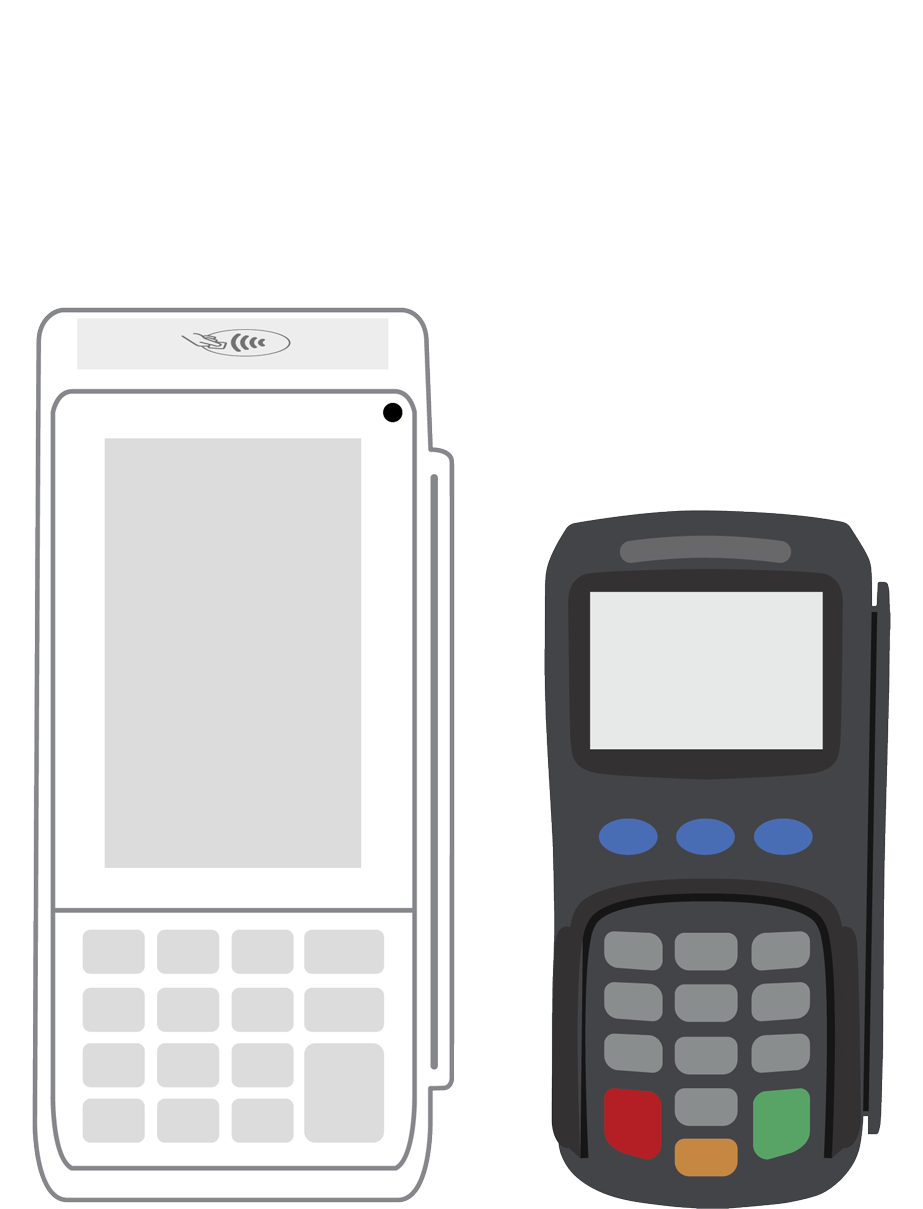The Future of In-Person Payments

We have come a long way from the days of exchanging bills and coins for goods and services. Cutting-edge technologies are forever changing how people buy and sell.
Whether you are a consumer or a business owner, you need to know how this landscape is being transformed once and for all.
Contactless payments are accelerating
It hardly seems possible that Apple Pay has only been in existence since 2014. In just a little over a decade, this payment powerhouse has amassed 785 million users globally, with an estimated 75.4 million U.S. users expected to be paying for products via this method by 2030. Already, it operates in 78 markets around the world and is supported by more than 11,000 financial institutions and network partners.
There are compelling reasons for the massive spike in popularity of Apple Pay and other digital wallets. For one thing, payments can be processed within a matter of seconds, all without the need to even carry a plastic card. Because of tokenization and encryption, data remains safely masked from hackers.
Tokenization is one of the best-kept secrets behind the success of digital wallet payments. With this technology in place, sensitive payment data is converted into a series of random characters that are of no use to criminals.
Only the end user holds the unique key required to decrypt the data, enabling a secure transfer of funds from the customer’s account to the merchant’s.
Because tokenization is so successful in shielding sensitive customer payment data, most digital wallet providers have incorporated it into their systems. As a result, consumers can breathe a little easier, although data breaches are still possible.
This underscores the importance of constantly assessing the security threat landscape, which is always evolving as criminals learn how to get around anti-fraud technologies.
The use of biometric authentication is now critical for security
In the past, the identity of consumers was confirmed when they provided a numerical PIN code. However, recent advances in biometrics are making this method antiquated.
Current and future consumers can verify their identity simply by using facial recognition or fingerprint scanning. Given the ease and effectiveness of this authentication method, it’s no wonder that the biometrics payment market is slated to grow to $6.5 billion by the end of 2025.
With biometric authentication gaining precedence, there is no longer a need for consumers to rely on PINs and passwords that can be easily lost, forgotten, or guessed by criminals.
The technology leverages knowledge that science discovered years ago. Biometric authentication relies on the unique physical traits of each individual, such as facial features, fingerprints, and eye characteristics.
These distinct identifiers create a personal profile that cannot be replicated, ensuring a high level of security.
Blockchain will become more critical for in-person payments
Blockchain technology provides a decentralized and secure record of transactions. Data is stored in blocks that are connected to each other via cryptography.
By some estimates, blockchain payments also represent significant savings and are capable of reducing transaction costs by 60%.
Once the need for intermediaries is gone with blockchain payments technology, transactions become faster, cheaper, and more secure. As a result, it is quite likely that new businesses will be born that take advantage of this agility.
Public blockchains are highly transparent due to their open-source coding. As a result, the larger community of developers has constant access, enabling them to review and make improvements to security protocols.
Cybersecurity is becoming the main concern for payment regulators
With new payment innovations arriving in the marketplace on a regular basis, evolving cybersecurity protocols will become more important than ever. This priority is affirmed by 82% of central bank respondents. These professionals are particularly concerned about protecting the security of data and payment transactions and guarding against the unauthorized movement of funds.
In keeping with the nationwide trend away from emphasizing the public sector, bankers are also expressing the importance of collaborating with private industry.
Over half of those surveyed, 56%, openly expressed the importance of enlisting the expertise of private entities when designing and creating future in-person payment system architectures.
Nevertheless, contradictions still remain. A case in point is that 75% of those surveyed still believe that the state plays a vital role in spite of their concurrent conviction that private entities should have a seat at the table as well.
Payment providers are focusing more on consumers
AI has steamrolled onto the payments scene, disrupting everything we thought we knew and setting the stage for unfathomable advances in the upcoming years. Take fraud prevention, for example. Even now, AI is capable of predicting and detecting fraud in real-time.
Mastercard’s Decision Intelligence Pro can scan 1 trillion data points with AI to prognosticate if a transaction is fraudulent. This takes less than 50 milliseconds. In some instances, fraud protection rates can be boosted by as much as 300% with AI.
Young Americans have been quick to embrace novel payment systems. This may be due to this region’s access to resources and education that make it possible to experiment and innovate.
Fulfilling an increasingly strong demand from shoppers, merchants are furnishing customers with highly personalized shopping experiences.
What makes these possible is when the customer grants permission for the company to have access to various pieces of data. As a result, this information can be used to personalize and incentivize the entire shopping experience as well as to aggregate data across all bank accounts.
Embed This Infographic
Copy and paste the code below to get this infographic onto your website or blog.
 3-in-1 Reader |  Terminal |  Keypad |  PINPad Pro |  Flex |  POS+ | |
|---|---|---|---|---|---|---|
Payment types | ||||||
EMV chip card payments (dip) | ||||||
Contactless payments (tap) | ||||||
Magstripe payments (swipe) | ||||||
PIN debit + EBT | ||||||
Device features | ||||||
Built-in barcode scanner | ||||||
Built-in receipt printer | ||||||
Customer-facing second screen | ||||||
External pinpad | ||||||
Wireless use | ||||||
Network | ||||||
Ethernet connectivity | With dock | |||||
Wifi connectivity | ||||||
4G connectivity | ||||||
Pricing | ||||||
Free Placement | ||||||